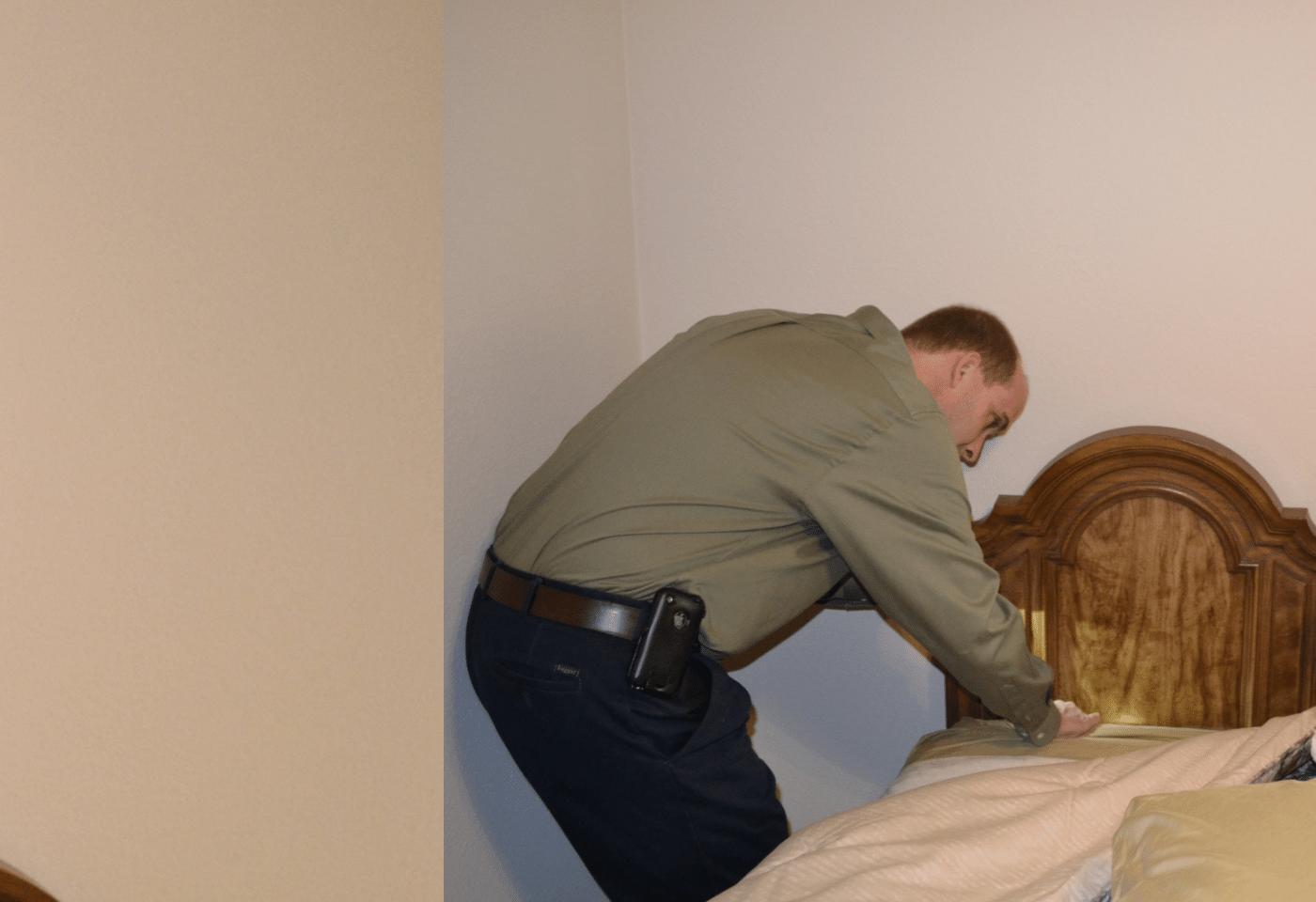Reliable A1 Bed Bug Treatment Houston - Remove Bed Bugs
Reliable A1 Bed Bug Treatment Houston - Remove Bed Bugs
Blog Article
Comprehending the Lifecycle of Insects for Targeted Control Strategies
Comprehending the lifecycle of parasites is an essential facet of reliable insect administration strategies. By understanding the numerous stages of development that parasites undergo, a more precise and targeted strategy can be adopted to control their populations. This knowledge not only drops light on the vulnerabilities within the parasite lifecycle however also leads the way for executing calculated measures that can interrupt their growth and reproduction cycles. Through a much deeper understanding of how pests flourish and evolve, tailored control strategies can be developed to resolve particular points in their lifecycle, ultimately resulting in even more effective parasite monitoring outcomes.
Importance of Understanding Parasite Lifecycle
Understanding the lifecycle of insects is important for establishing reliable and targeted control approaches in pest administration. By comprehending the different phases an insect undergoes from egg to grownup, pest control professionals can identify at risk points in the lifecycle where treatment can be most effective. As an example, recognizing when larvae are most active can aid figure out the optimum timing for using larvicides. Additionally, recognizing the life expectancy of a pest varieties can aid in anticipating population growth patterns and potential infestation risks.
Additionally, identifying the specific environmental problems needed for every stage of the insect's lifecycle can direct decisions on habitat modification or exclusion approaches to lower and interrupt the lifecycle parasite populaces. This knowledge enables pest monitoring professionals to execute proactive actions instead than counting exclusively on responsive therapies, resulting in more lasting and sustainable parasite control solutions. Inevitably, a comprehensive understanding of parasite lifecycles encourages insect control practitioners to customize their methods successfully, decreasing environmental effects and optimizing control outcomes.
Secret Phases in Pest Development
To effectively apply targeted control approaches in bug monitoring, a vital element exists in comprehensively identifying and understanding the essential phases in pest growth. Insect growth usually consists of numerous essential stages that are critical for their lifecycle and management.

Vulnerabilities in Insect Lifecycle
Throughout the various stages of an insect's lifecycle, distinct susceptabilities emerge that can be tactically targeted for reliable control procedures. One critical susceptability depends on the egg phase, where bugs are commonly extra vulnerable to particular insecticides or biological control representatives due to their soft external shell, making them easier targets for intervention. Furthermore, the nymph or larval phase provides susceptabilities as pests go through fast growth and advancement, needing high energy usage that can be exploited by disrupting their food resources or introducing growth preventions. Pupal stages, defined by immobility and change, offer a window for targeted control with physical barriers or certain treatments that impede effective appearance. Finally, grown-up parasites, while much more resistant because of their reproductive capability, can still be at risk throughout breeding or egg-laying activities, which can be interfered with through pheromone catches or sanitation techniques. Comprehending these vulnerabilities in the bug lifecycle is essential for developing efficient and precise control approaches that successfully manage bug populaces while decreasing ecological influence.
Executing Targeted Control Procedures

Implementing targeted control steps generally involves a multi-faceted method. This might include habitat modification to make the environment less friendly to parasites, such as getting rid of standing water for insect control or sealing entrance factors for rodents. Additionally, organic control approaches can be used, index where natural predators or pathogens are introduced to keep bug populations in check.
Chemical control, such as the mindful application of chemicals, is another typical approach. It is essential to use these materials deliberately to reduce environmental effect and prospective harm to non-target types - A1 bed bug removal houston. Integrated Pest Administration (IPM) strategies that integrate various control steps in a coordinated and sustainable way are commonly Our site the most effective in accomplishing lasting parasite administration goals. By applying targeted control steps based upon a thorough understanding of bug lifecycles, parasite populations can be efficiently regulated while reducing threats to human health and the setting.
Boosted Parasite Monitoring Practices

Additionally, the consolidation of biological control representatives, such as natural killers or pathogens of bugs, can help in reducing reliance on chemical pesticides and advertise an extra well Your Domain Name balanced ecological community. Implementing physical barriers and traps can additionally belong to enhanced insect administration techniques, offering non-toxic and targeted services for bug control. In addition, using pheromones and other semiochemicals can interrupt pest breeding patterns and interaction, bring about reduced pest populations in time.
Final Thought
To conclude, recognizing the lifecycle of parasites is crucial for efficient bug monitoring strategies. By identifying essential stages in insect development and vulnerabilities in their lifecycle, targeted control steps can be carried out to reduce bug populaces. Improved insect administration methods can help decrease the reliance on broad-spectrum chemicals and promote even more sustainable and ecologically friendly bug control techniques. This knowledge plays a vital duty in keeping healthy and balanced environments and agricultural productivity.
Recognizing the lifecycle of bugs is necessary for establishing effective and targeted control approaches in pest monitoring. By comprehending the numerous stages a pest goes with from egg to adult, bug control professionals can recognize vulnerable factors in the lifecycle where intervention can be most successful. Ultimately, a thorough understanding of parasite lifecycles equips parasite control professionals to tailor their approaches successfully, optimizing and minimizing ecological impacts control results.
By implementing targeted control procedures based on an extensive understanding of parasite lifecycles, bug populaces can be efficiently regulated while lessening threats to human health and the atmosphere.
By recognizing crucial phases in pest growth and vulnerabilities in their lifecycle, targeted control steps can be applied to minimize bug populaces.
Report this page